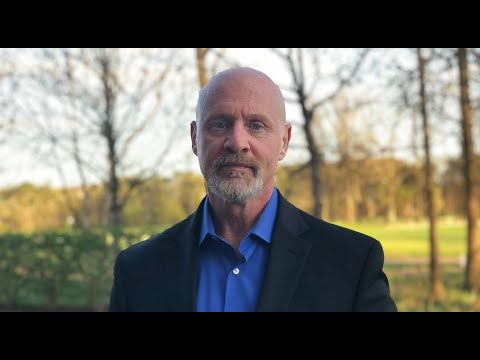Voters are very comfortable with policy settings that would have been normal in the 1970s. It may be hard to convince them to once again accept the need for an open economy.
Yesterday Scott Morrison caved in and agreed to provide support for Victorians affected by lockdown with a $500-a-week payment. The decision is being described by journalists as an ingenious political tactic to pressure premiers into only locking down on his terms. More accurately, it represents a recognition by Morrison that the narrative pushed by Labor — both at the federal and state levels — that this is “Morrison’s lockdown” has worked. Having stuffed up quarantine, aged care and the vaccination rollout, the government had little choice but to bow to demands to help Victorians.
This is a return to a narrative that predominated for the second half of last year and this year until the WA state election — in which Labor state leaders were “bedwetters” too ready to harm the economy by shutting down at the first cough and too ready to run up debt to cover the cost while Scott Morrison and Gladys Berejiklian understood the need to keep the economy open.
That idea — to the extent it was ever true — went west, quite literally, when Mark McGowan reduced his opponents in WA to a duo. Morrison’s international border closure suddenly extended off into 2022 and beyond, and the budget significantly increased the size of Australian government for the foreseeable future.
Read more about voters getting comfortable with policies reminiscent of the 1970s…
Already a subscriber? Log in to keep reading.
Or, register your email address for a FREE 21-day trial.








